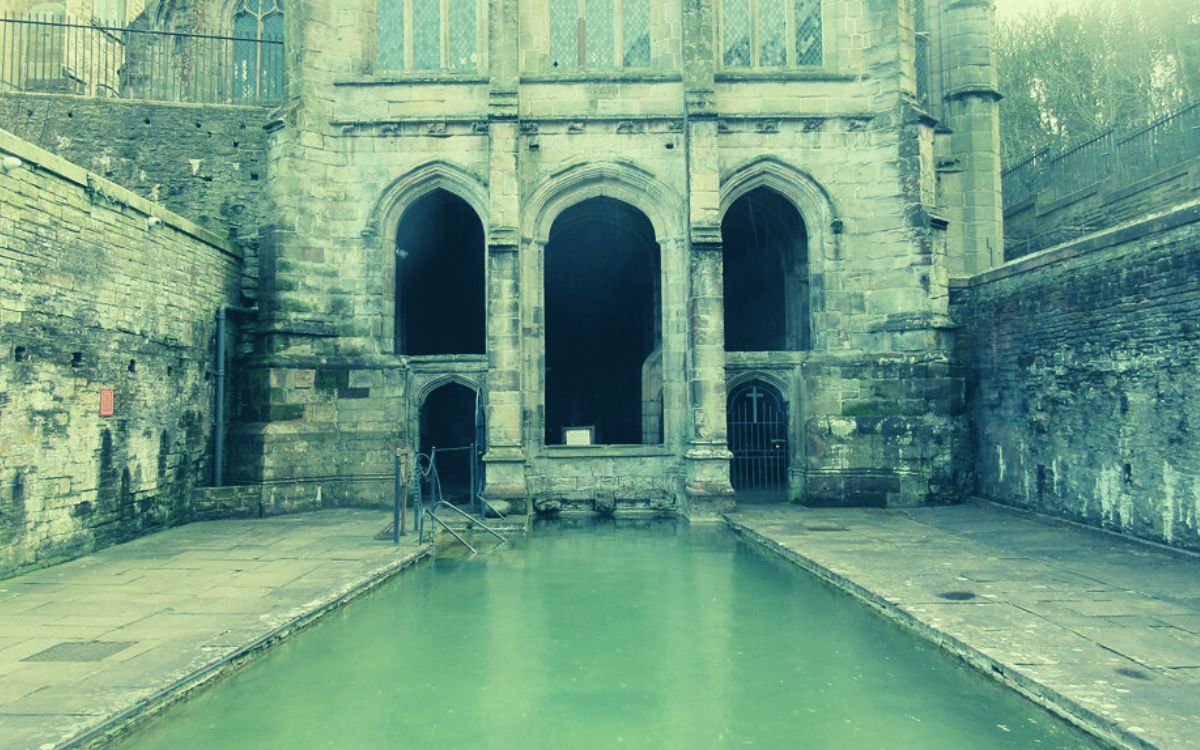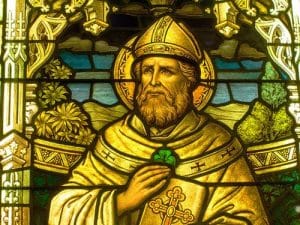Introducing the enigmatic Holy Wells of the UK, serene bodies of water that have served as a source of pilgrimage, solace, and social gathering for centuries.

Holy Wells are enchanting bodies of water which have been a source of pilgrimage, solace, and social gathering in the UK and other partos of the word for centuries.
It’s said that the waters from these wells have healing powers, a belief that has been passed down through generations, promising relief from both physical and spiritual ailments.
People would make pilgrimages to these wells, leaving offerings and praying for divine intervention, and over time, they became vibrant social hubs where people would gather and catch up with their community.
As for their discovery, the exact origins are a bit of a mystery, with some suggesting that the wells were created by early Christian missionaries, while others believe that they predate Christianity and served as places of worship for ancient pagan cultures.
Regardless of their origins, it’s clear that Holy Wells have played a vital role in the lives of the people of the UK for many centuries and continue to do so to this day.
So, if you’re ever in need of a little peace and quiet or a dash of local folklore, seeking out a Holy Well should be right at the top of your list.
Whether you’re a believer or a sceptic, the scenery alone is worth the journey, so do pop along, fill up a bottle, and drink in the mystery of these delightful wells!
Some British Holy Wells
- All Saints’ Well, Aston, Warwickshire: Named after the saints of the Christian Church.
- The Holy Well of St Anne, Abergavenny, Wales: Named after Saint Anne, the mother of the Virgin Mary, who is revered by both Catholics and Orthodox Christians.
- St Adelphus Well, Tickenham, Somerset: Named after Saint Adelphus, a 7th-century bishop of Toulouse, France.
- St Aldhelm’s Well, Malmesbury, Wiltshire: Named after Saint Aldhelm, an Anglo-Saxon bishop and scholar who lived in the 7th century.
- St Anne’s Well, Buxton, Derbyshire: Named after Saint Anne, the mother of the Virgin Mary, who is revered by both Catholics and Orthodox Christians.
- The Holy Well of St Beuno, Clynnog Fawr, Gwynedd: Named after Saint Beuno, a 7th-century Welsh saint who was known for his miracles and healing powers.
- St Cuthbert’s Well, Durham, Durham: Named after Saint Cuthbert, an Anglo-Saxon bishop who lived in the 7th century.
- St David’s Well, Gwernvale, Brecon: Named after Saint David, the patron saint of Wales.
- The Holy Well of St David, Llanddewi Brefi, Ceredigion: Named after Saint David, the patron saint of Wales.
- St Edith’s Well, Warwickshire: Named after Saint Edith of Wilton, an 11th-century English saint who was known for her piety and charity.
- St Helen’s Well, Thirsk, North Yorkshire: Named after Saint Helen, the mother of Constantine the Great, who was instrumental in spreading Christianity throughout the Roman Empire.
- St John’s Well, Bath, Somerset: Named after Saint John the Baptist, who was the cousin of Jesus and is revered by Christians as a prophet.
- St Kentigern’s Well, Balmaclellan, Dumfries and Galloway: Named after Saint Kentigern, also known as Saint Mungo, who was an early Christian missionary and bishop in Scotland.
- St Lawrence’s Well, Northfield, Birmingham: Named after Saint Lawrence, a deacon in the early Christian Church who was martyred in Rome in 258 AD.
- St Margaret’s Well, Dunfermline, Fife: Named after Saint Margaret, the queen of Scotland in the 11th century, who was known for her piety and charity.
- St Michael’s Well, Glastonbury, Somerset: Named after Saint Michael the Archangel, who is considered by Christians to be the protector of the faithful and the leader of the army of God.
- St Ninnian’s Well, Whithorn, Dumfries and Galloway: Named after Saint Ninnian, an early Christian missionary who is credited with bringing Christianity to the area.
- St Non’s Well, St Davids, Pembrokeshire: Named after Saint Non, the mother of Saint David, the patron saint of Wales.
- St Peter’s Well, Worcester, Worcestershire: Named after Saint Peter, one of the twelve apostles of Jesus and the first bishop of Rome.
- St Tydfil’s Well, Merthyr Tydfil, Wales: Named after Saint Tydfil, a 5th-century Welsh princess who was martyred for her faith.
- St Winefride’s Well, Holywell, Flintshire: Named after Saint Winefride, a 7th century Welsh saint who was known for her piety and devotion.
- St Werburgh’s Well, Chester, Cheshire: Named after Saint Werburgh, an Anglo-Saxon princess who became a nun and was known for her piety and charity.
- St Winifred’s Well, Holywell, Flintshire: Named after Saint Winifred, a 7th-century Welsh saint who was known for her miracles and healing powers.
Many of these holy wells are in areas that are filled with other spooky locations, so even though they may be a distance to travel, if you added some haunted houses to your trip, it’ll be worth the effort!
Have you ever been to any of these Holy Wells? Tell us about them in the comments section below!







